Studio Monitors 2022 under $250.
Man is weak. You always want the best, but money often doesn't allow it. So when you want a really good studio monitor, you start looking for what's in the budget. You need to have good freq, good transient, good spatial sense, low resonance, low off-axis, etc. If you really get into it, you're guaranteed to spend days researching, only to lose all confidence that you'll ever get out of this information maze. In the end, of course, everyone suggests you listen to the speakers and make your decision on that basis!
Okay, but there's no way I'm going to listen to every speakers, I just need something to hold on to! Well that's why this article was created! I don't want to say that everything I write here should be taken as scripture, because I haven't heard every sound speaker from the list I'm about to give you. All I am doing is consolidating the information I have gathered over the weeks of watching YouTube videos and reading comments in forums. In this way, what I write here will mostly not be my own thoughts, but the assessments of studio professionals much more experienced than me. But since I need to give some kind of framework to the article, I will base the order on price. Since many people are really looking for the cheapest speakers, I might include some multimedia speakers at the beginning, but I caution against using such speakers for studio purposes. So we'll start the list with products that can be used with some restrictions. Furthermore, I will only list active speakers.
Some people who say that such a comparison makes no sense, because it makes a difference what room these speakers are in. However, I disagree with this statement. The design of the room depends on the user and the capabilities of the speakers depend on the manufacturer. If you look strictly at the capabilities of the speaker, you can see a lot of characteristics.
At the top of the list are loudspeakers with a woofer up to 5". I won't list the smaller ones because I find them pointless.
M-Audio BX5 D3
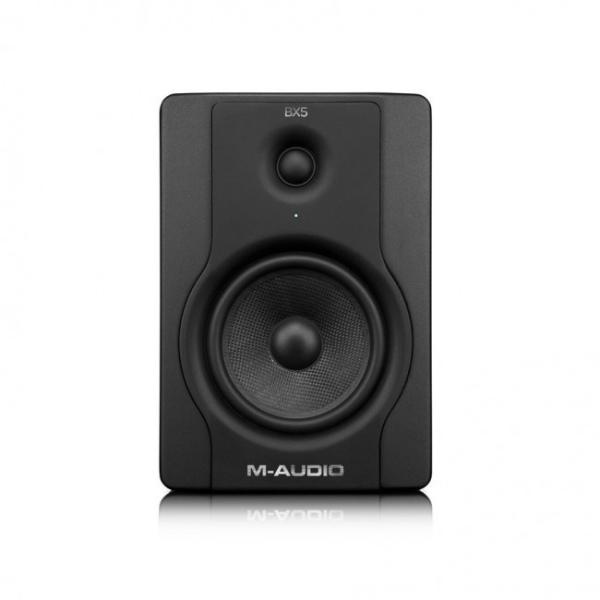
The frequency curve is very different from the linear one, from 3kHz downwards it's a real rollercoaster. At 100 Hz there is a huge highlight. The speaker displays the bass in a meaningful way up to about 80 Hz, from there downwards the bass disappears relatively slowly. The deviation of the speakers from the horizontal axis is less of a problem when listening, but on the vertical plane it's a problem if the speaker is not facing directly towards the listener. Not recommended for studio use in any way, fine for multimedia.
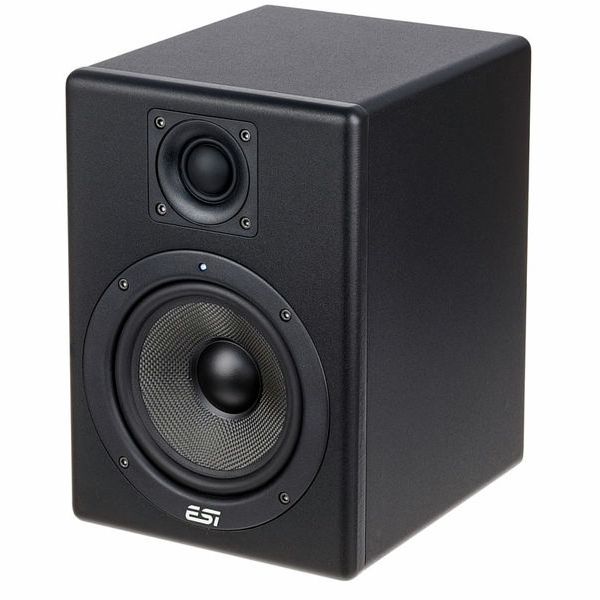
This speaker handles frequencies in a more linear way, better than the M-Audio BX5, but it also hisses at idle. It is recommended mainly for people who do not make complex mixes, just edit video material or want to listen to multimedia, but with better quality than multimedia speakers. The bass reproduction in this speaker is better than the BX5.
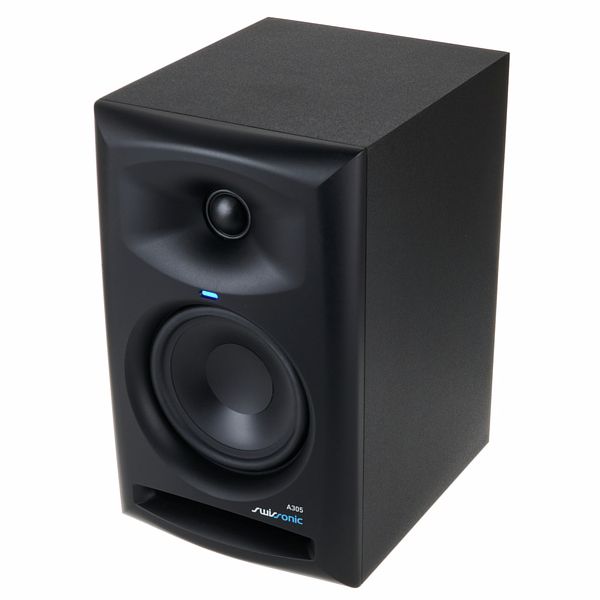
Unfortunately this speaker is based almost entirely on the Fluid Audio C5 which is an incredibly poor quality speaker. The subwoofer vibration is unnaturally high, creating distortions that make listening unenjoyable. I don't understand how you can shove such a crappy device down your throat?
KRK RP5 RoKit Classic

The speaker is not really linear, there is more high range than there should be and the midrange is where the intelligibility of the speaker is reduced. The low end drops off from around 65 Hz. However, here on the rear panel you have the option to increase or decrease the low and high frequencies. Because of its sonic characteristics, I would not recommend its use in mixing. Whatever anyone says, this is still just a multimedia speaker.
Alesis M1 MK3
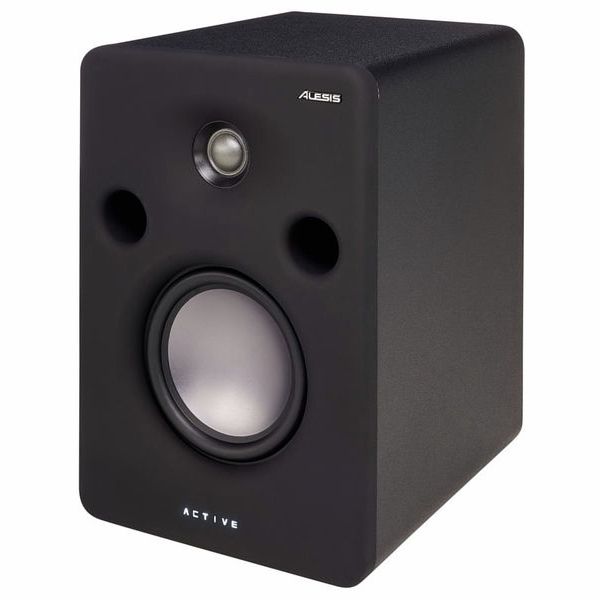
The low end goes down to around 50hz, while the sound remains intelligible, not just a dull hum. There's a slight mid-range prominence, but you're getting a speaker with a fundamentally enjoyable sound when you buy this. The speaker reproduces the details of the music clearly, perhaps the first speaker I've heard that's worth mixing with. However, it's still not in a category that makes few compromises, as there's no bass-to-high compensation and the sound is less linear in the midrange.
Prodipe Pro 5
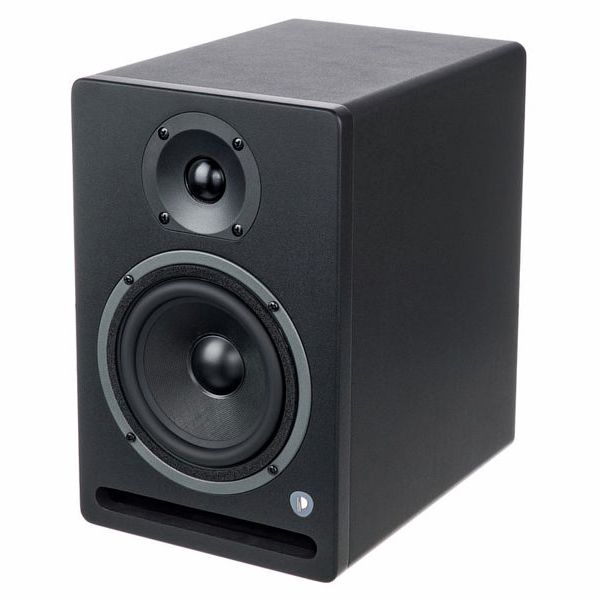
This is a relatively linear loudspeaker whose intelligibility is OK. Low frequencies drop off from 60Hz. The Alesis is better in the bass, while the Prodipe is more linear. There is no bigger difference at this price.
Tannoy Reveal 502

It is compared to the JBL LSR 305 series in terms of performance, but it does not match the quality. The bass starts to weaken around 49 Hz. Sounding better than most of its peers. Unfortunately, I couldn't find a frequency curve for this speaker online, so I can't determine how cohesive the sound design is.
Alesis Elevate 5.

Relatively linear speaker. The word "relatively" is in the sentence, so the midrange seems to disappear a bit. Still no low and high room compensation, so no improvement over the Alesis M1.
Yamaha HS5
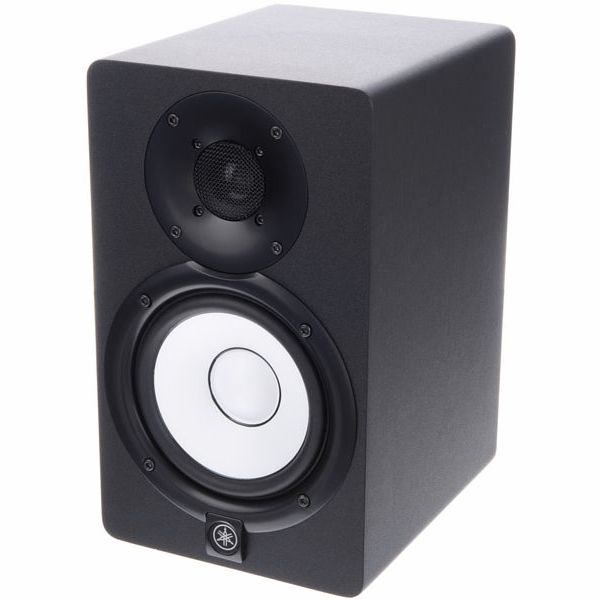
Pretty much the same can be said for this speaker as the Elevate, with the difference that the bass disappears a little below 80 Hz. This is definitely a drawback, but at least there is room compensation.
KRK Rokit RP5 G4

The speaker is tolerably linear, better than the classic version.Here the low frequency drops off from 60 Hz. The sound is adequate. Not outstanding as a speaker, but not as screwed up as the first series.
Behringer Studio 50USB

These are not studio monitors, but multimedia speakers and are inferior in capability to two of the speakers listed earlier. So not recommended for any studio work at all.
Presonus Eris E5 XT.

So far, a total of 1-2 speakers have reached the stage of evaluation that I can recommend for studio work. I'm not impressed with the Eris 5 either. The frequency response is a smiley island, i.e., lots of low at 80 Hz and lots of high above 7 kHz. There is bass, mid and treble compensation at the back of the speaker, but the speaker flattens out from the bass cut. Even if you somehow adjust it properly, the dispersion on the vertical axis is very uneven. Even though the price is getting higher, somehow it doesn't feel like you're getting a better product for the price.
JBL LSR 305
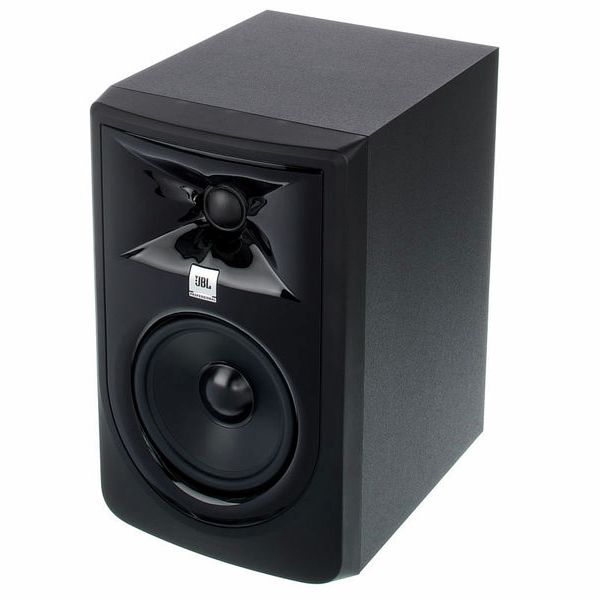
We have finally reached a new level! If I may say so, it's probably the first speaker in the 5" range to finally get something right. This speaker is the most linear yet. There is some excursion around 1.5kHz, but it is negligible. The low frequencies start to drop below 50Hz. Off-axis, the horizontal field gives a nice spread, the vertical less so, but still tolerable..The intelligibility of the sound itself is maintained at the lower frequencies, the transients are intelligible in the speaker and the sense of space is good. There is room compensation on the back side. As a loudspeaker it is not flawless, but at this price, it is the best choice so far.
M-Audio BX8

Although this speaker is not equipped with a 5" subwoofer, we'll continue with this one because it's reasonably priced. It's a pretty linear piece of kit. The low frequencies start to drop around 50 Hz, but the bass is noticeable at lower frequencies, so the bass doesn't drop suddenly, but gradually. The sound is ok for the price, but some people have complained about the build quality, some have had their woofers blown, some have had the front glue start to leak around the edges. So it's better sounding than the JBL LSR 305, but the question is, do you want to risk it? These may have been isolated cases, I don't know how to deal with the faults.
Monkey Banana Gibbon5

The frequency curve is smiling, i.e. too much low and too much high. In principle, it also understandably displays the lower frequencies that fall below 50 Hz, and it has a room compensation filter. The soundstage is not detailed enough, falling a little short of what you would expect, but the stereo imaging is OK. I'm bothered by the fact that it doesn't have enough detail, which would definitely put me off buying this as my main monitor.
Fluid Audio FX50

I've been wondering what I'm going to write about these speakers, as I really had nothing good to say about the company's previous speaker. Here, however, the community reported an unusually good experience. If I were just looking at the dry figures, I would not be impressed, because the frequency spectrum is a dense trough. There is an 11 dB deviation over the whole range, and from the mid-range upwards the measured line looks like the roads of Hungary. Holes, prominences everywhere. I might want to get one to find out what many people are praising it for, because the dry data says it's more like an average speaker. Perhaps the coaxial design would work wonders? Possibly. I didn't find out much more about the speaker than that, it's not widespread enough for me to find a wealth of information about it. However, there is a detailed review of the big brother that might put this speaker in its place. https://www.youtube.com/watch?v=64-r9TOWDrQ&t=0s
RCF Ayra Pro5

Again, a relatively linear loudspeaker, but one with a fairly wide mid-low frequency response. The bass falls off sharply around 60Hz. The dispersion of the speaker is a little bit tight on the vertical axis, but it's not tight horizontally, it's fine. The stereo's spaciousness and richness of detail are highly praised, and it's mentioned that it doesn't tire the ear listening to them which is due to the more linear soundstage. It's said to be on a par with the JBL LSR 305, which I mentioned as the first speaker on the list that's now capable of mixing.
Mackie MR624
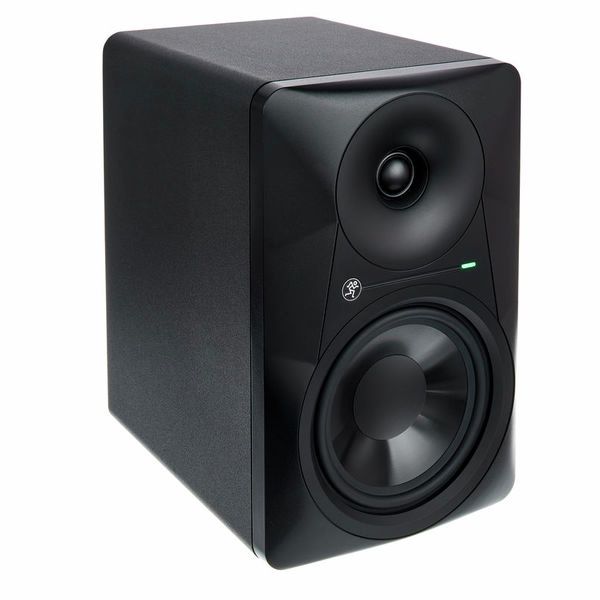
Relatively linear speaker. The bass starts to drop off below 45Hz. Clean sounding, no noticeable problems. It may sound a little dull, but it's basically industry standard. Plus, the build quality of Mackie products is high, so if you go for this one, you won't be in for any nasty surprises.
Prodipe Pro 8
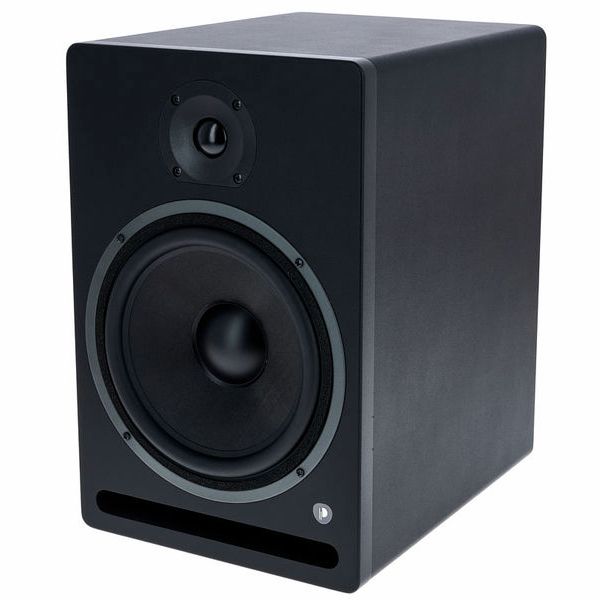
A relatively linear speaker. The low end starts to drop off below 50 Hz. In terms of detail, it's about on par with the JBL LSR series. That means it's not extremely outstanding, but it's certainly good. The ribbon tweeter version is only praised, it's probably better than the plain variant, so at this price it's certainly a good choice.
Tannoy Reveal 802
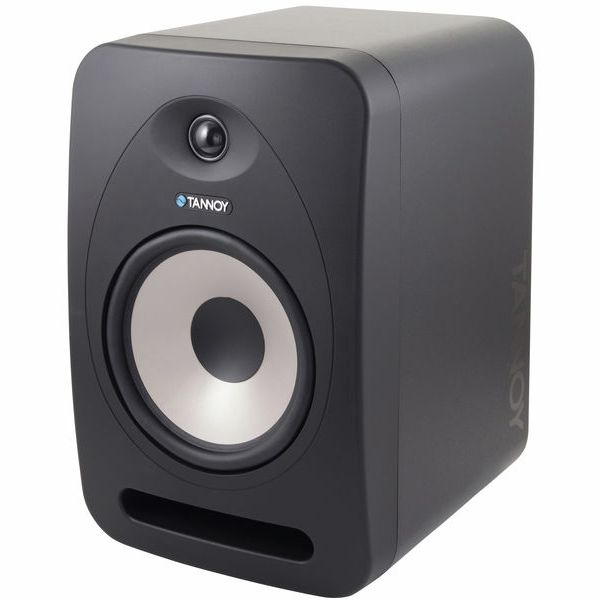
Relatively linear speaker in the 8" category. Low frequencies start to drop from 50 Hz. A richly detailed speaker. Not widely used, so not much information available.
Adam T5V

Again, a relatively more linear speaker with slightly brighter highs. The low end drops off steeply from 60 Hz. Praised as a monitor, but also acknowledged by many to have heard better in this price range. Except for the extra brightness in the upper range, this speaker doesn't require too much compromise.
KRK RP8 RoKit G3 Classic
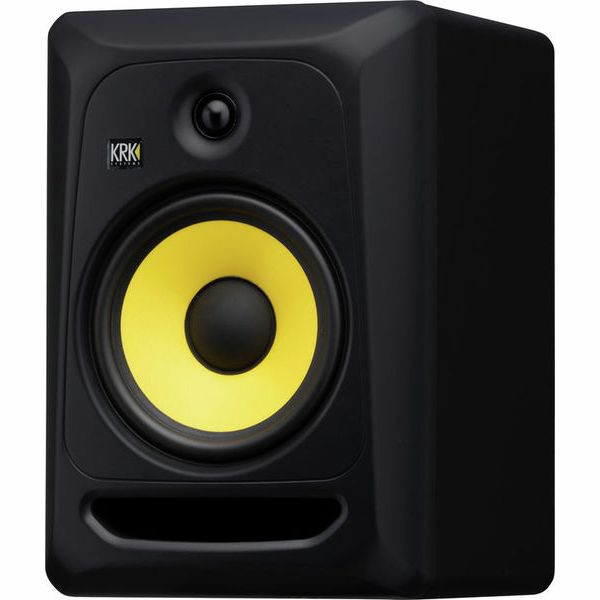
Although the first generation of Krk speakers were criticised for inaccurate frequency response, this has changed. The third-generation speaker has received nothing but praise. Unfortunately, I have no information on its linearity, but the low frequencies are down to 35 hz and the high frequencies are not fatiguing to the ear, which means that they are probably not annoyingly emphasized. There have been significant upgrades to the G4 version, hopefully not as much of a problem there.
Presonus R65

Noisy. Relatively linear, but the low frequency drops below 60 Hz. Not what you'd expect from a 6.5" speaker. A big improvement is the V2 version of the speaker, which is now equipped with a ribbon tweeter and the bass frequencies drop below 45Hz. The treble, however, is a bit brighter than it should be. The deviation from the V2's axis line of the speakers results in quite wide listening angles horizontally. Overall, not an outstanding piece but usable.
Presonus Eris 8

This is a speaker with quite tolerable linearity, with lows down to around 35 Hz. The low frequencies are a bit washy, not so clear what you're hearing in some cases. However, the higher frequencies are moderately detailed. This speaker is not outstanding and for this price you can get better. The Mackie MR824 is probably a better choice.
Behringer Nekkst K8

Too much, annoying, distracting high frequencies and not very intelligible bass. Those two alone might be enough to put you off it, especially at that price. I honestly don't recommend it.
Behringer B2031

A relatively linear sounding speaker with no background noise. The low end drops down from 40 Hz. One fault of the speaker is that the bass is imprecise, sometimes you can't tell what you're hearing down there. The transients are average. It's pleasant to listen to and doesn't fatigue the ear. At higher volumes it becomes increasingly imprecise, unable to maintain sound quality. For knowledge, it's about on par with the M-Audio BX8, only cheaper. Build quality is okay. Compared to the new Nekkst K8, even though it's an older design, it's a much better choice.
JBL 306P MKII
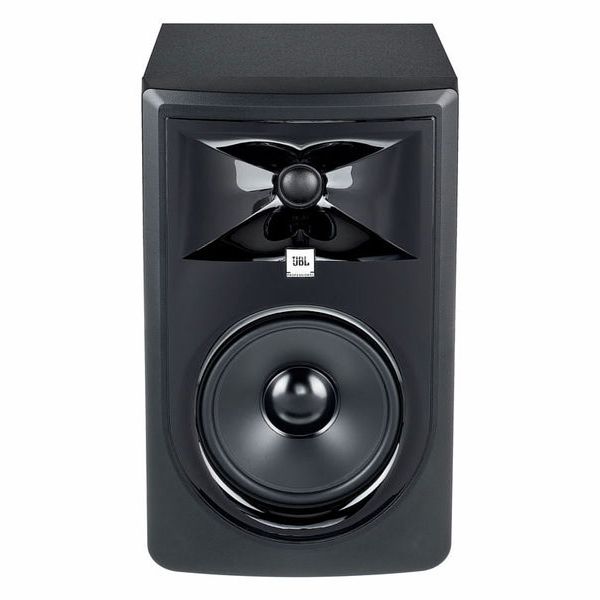
A linear speaker that does what you would expect from it. Perhaps the only problem with the LSR series is that they are a bit quieter than you'd like. The low frequency starts to drop off below 50 Hz. Since there is little difference in parameters between the 305 and 306, the 305 is the better choice because of the better price.
Kali Audio LP-6 2nd Wave
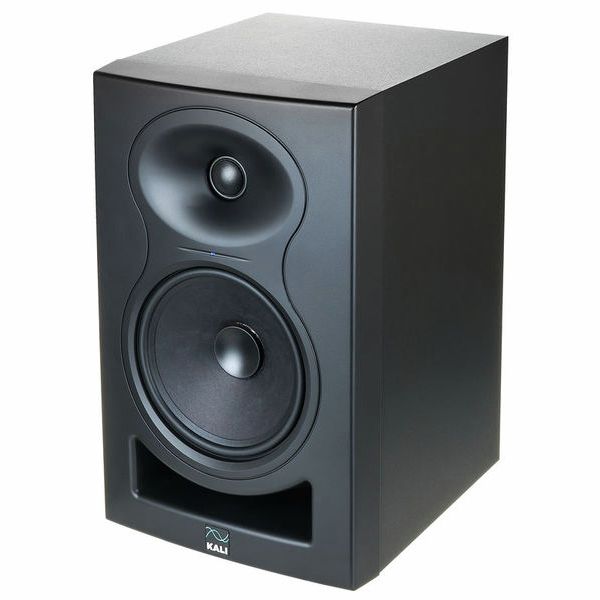
A quite linear sounding speaker, with a pretty good low end cut off around 45 Hz. The speaker's stereo imaging is commendable, and the detail remains rich even when moving away from the axis line. For the price, it's roughly in competition with the JBL 306P MKII, but better. It's important not to confuse first generation speakers with 2nd Wave versions for the Kali. The latter are the upgraded variants.
Yamaha HS 7

Many people say it sounds a bit boring, and it has its moments. It's a relatively good linear loudspeaker that doesn't excel in transients, but it's not bad either. The low frequency falls around 45Hz. It's an excellent speaker, it won't hurt what you hear, but it won't make you excited either.
Adam T7V
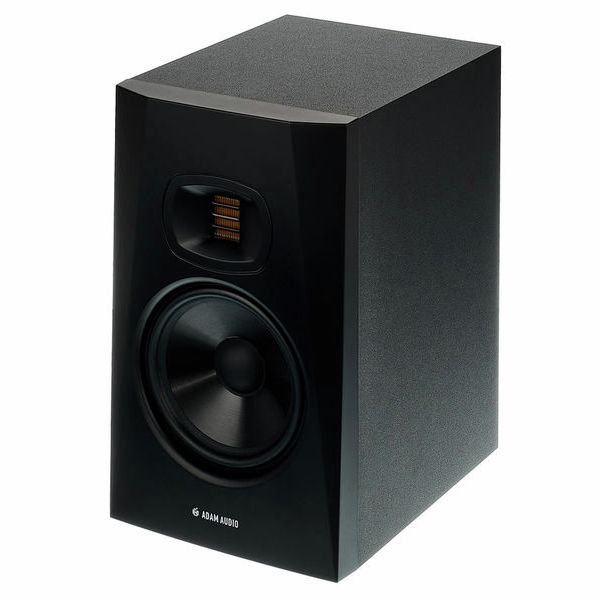
A pretty good linear speaker. The bass comes in from 39Hz. The low is slightly washy but understandable. Opinions of this speaker are mixed, some hate it, some love it. Be careful, many people don't like the sound of ribbon tweeters. So it is worth listening to the difference in sound between conventional and ribbon tweeters.
Mackie MR824

A relatively linear speaker. The low frequency starts to drop below 35Hz. Low frequencies are well understood, no washout. The signal remains clear and intelligible at higher volumes. Listening to high frequencies is a bit tiring in the long term.
These were speakers under $250. Since there are so many speakers, it might be worth choosing the best of these, which I can confidently recommend.
The ones listed here are the better ones in this price range, but in sound quality the Kali and Mackie 824 are better than the others and the Kali is probably the best. The difference here is so small that only small things determine what I think is better. Better linearity, better audible transients, nice stereo image, higher listening angle, etc.
As you can see there are two or three speakers left from the big list. The reason for this is that they are all lower-end speakers, each with something imperfect. The only question here is how big and how much compromise we are willing to accept.
